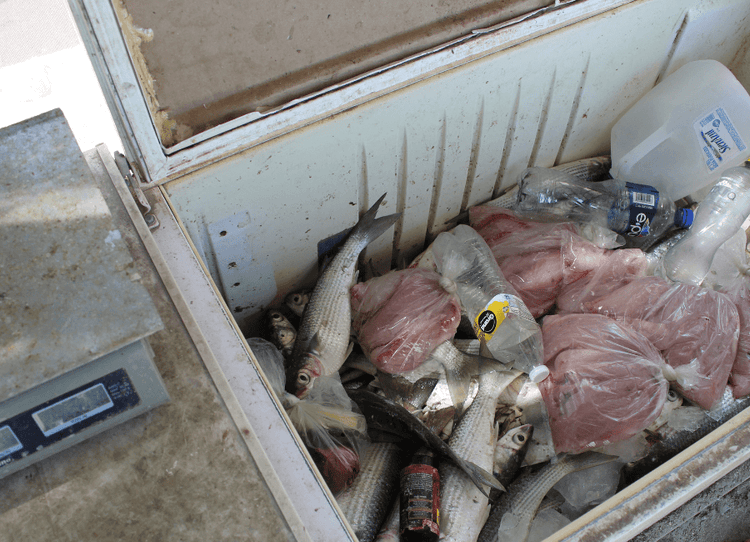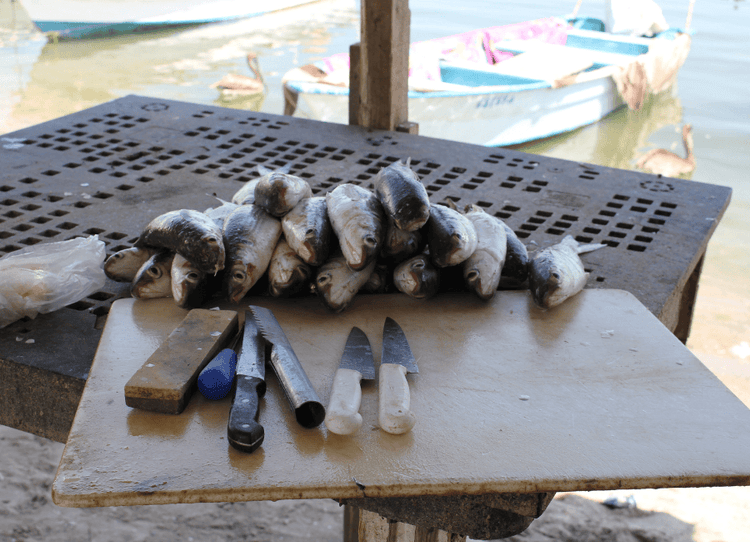Populations on the coast of Sonora would be consuming greater amounts of mercury through fish and seafood than the rest of the population, according to a study.
Although fresh fish is highly nutritious, those who live on the coasts may be affected by the concentration of mercury in fish, a product of ocean pollution that is already a global concern.
Jaqueline García, researcher at the Food and Development Research Center at the Guaymas Unit, author of this study (2015), confirmed that the amounts of mercury in products such as crab and clams on the Sonora and Sinaloa coasts did not exceed the Mexican Standard NOM-242-SSA1-2009, which establishes the maximum limits of mercury in fishery products (1.5 milligrams per kilogram for predatory fish and 1 for other fish), so they do not pose a risk to the general population.
However, Hernández pointed out that it can be a risk for those who live on the coasts, considering the consumption of fishing communities, which places them at greater exposure to these pollutants.
“The concentration we found is below the norm, but when you multiply it by consumption, then the exposure that communities are at is greater than this reference dose of mercury. So even if an individual fish is below the limit of Mexican standards, higher consumption means that they have a higher exposure,” he explained.
Fish and seafood are the basis of the diet on the coasts, such as in Sonora in northwestern Mexico where fish and shellfish are eaten twice a week or daily and in portions of up to one kilo per meal.


Illustrative images of a coastal fisherman in La Paz, Baja California Sur. Source: Daniela Reyes
Mercury, a global pollutant
Fish consumption is a source of exposure to mercury, but not the only one, because it is a global pollutant, Hernández explained. It may even be in other everyday products such as skin creams, which are not regulated in terms of the concentrations of mercury contained. So a person may be exposed to one or hundreds of sources of exposure.
Artisanal gold mining, the burning of coal to generate energy and contributions from draining other household waste are some of the sources that generate mercury that ends up being deposited in seas around the world. In this way, fish absorb it from the environment by feeding on other organisms.
Mexico is a signatory to the United Nations Minamata Convention on Mercury, which aims to reduce the use of mercury and although in 2017 it classified artisanal and small-scale gold mining and treatment activities as “more than negligible”, it recognized the need to develop a National Plan of Action to address the pollution of the oceans by mercury.
According to research published in the journal Scientific Reports, the amounts of mercury in the deep Pacific Ocean are even greater than in many of the areas contaminated by industrial and general emissions. Ocean trenches contain an accumulation of mercury up to 50 times higher than the normal levels considered by the United Nations.
Good practices to be required
So that communities are not at risk of experiencing the consequences of exposure to mercury, the Ministry of Health, through the Federal Commission for Protection against Health Risks (Cofepris), must report the risk, this means for García, publishing updated tables where, depending on mercury concentrations, recommendations are provided for portions for the consumption of fish and seafood.
“For example, in the United States you have the Environmental Protection Agency (EPA) and they have a mercury program that tells people. This risk communication is necessary because there is data. The National Institute of Ecology and Climate Change (INECC) is the one that was working on that part, but there is no page where it gives you that clear information. So knowing those limits is important and so must be done by the Ministry of Health,” he said.
Among good practices to avoid risks when consuming fish products, he recommended preferring small species such as sardines, since if they are larger fish they tend to be higher up the food chain and to bioaccumulate more mercury than other species they eat.



Comentarios (0)